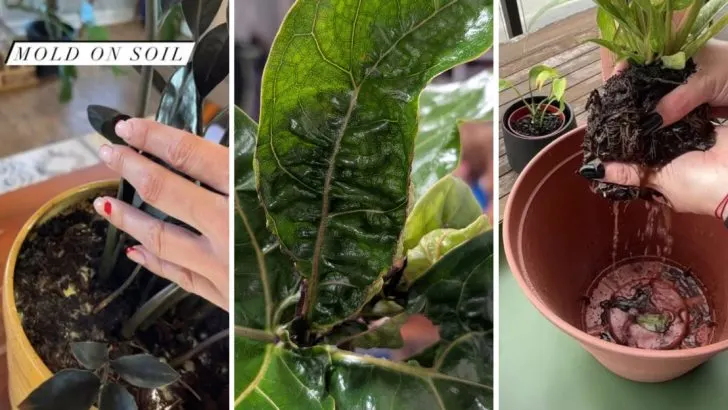Humidity levels in your home can drastically affect the well-being of your beloved plants. While some plants thrive in moist conditions, excessive humidity can lead to a host of problems. Recognizing the signs that your home might be too humid for your plants is crucial to maintaining a healthy indoor garden. From wilting leaves to mold growth, these indicators will help you adjust conditions to ensure your plants flourish.
Wilting Leaves

Imagine walking into your cozy living room, only to find your favorite fern looking sad and droopy. Wilting leaves are often an SOS from your plants, begging for a change in their environment. In high humidity, plants can absorb too much moisture, causing their leaves to buckle under the excess weight. You might notice leaves that were once perky now hanging limply, as if waving a white flag. It’s a clear sign your plant is overwhelmed by the moisture around. Adjusting humidity levels can reinvigorate your plant and restore its former glory.
Leaf Spotting
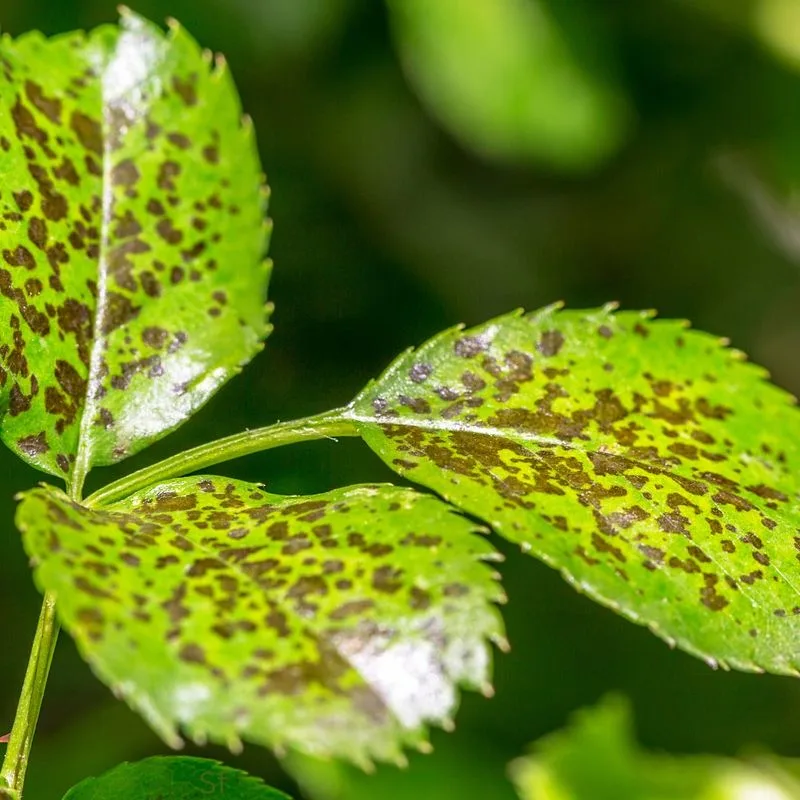
Spotted leaves can be a telltale sign that your home is too humid. These blemishes often appear as dark, water-soaked spots on the leaves, a symptom of fungal growth fueled by excess moisture. These spots can spread quickly if not addressed, turning a once green landscape into a spotted array of browns and blacks. By regulating the humidity, you can prevent these unwanted guests on your plants’ leaves and keep them healthy and vibrant.
Mold Growth
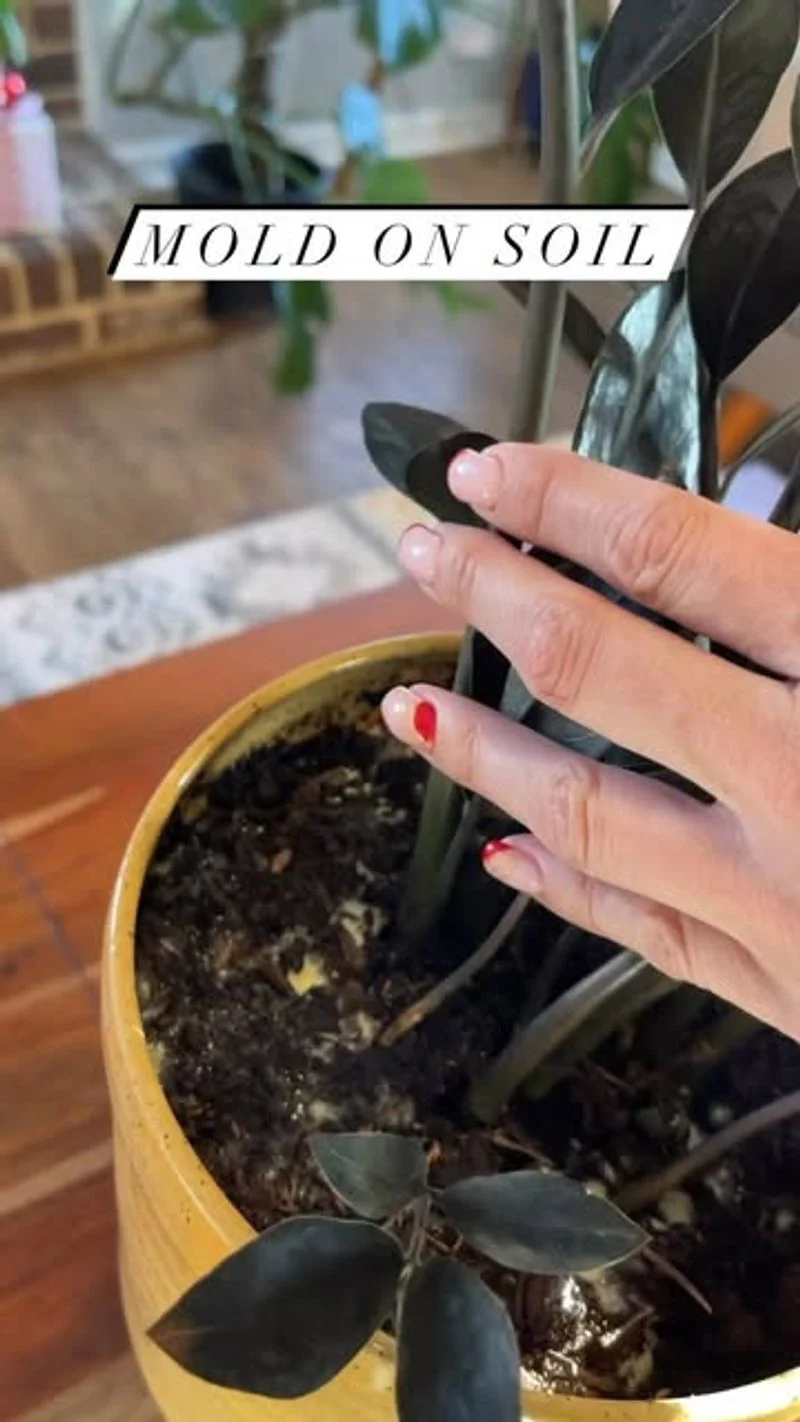
Peek into the pot, and you might find a fluffy intruder – mold. Mold growth is a common occurrence in overly humid environments, where moisture sits persistently. The appearance of white or gray mold on the soil surface means your plants are bathing in too much humidity. This not only affects the plant’s health but can also lead to respiratory issues for people and pets. Taming humidity levels will help send mold packing, keeping your indoor jungle fresh and safe.
Yellowing Leaves

There’s something almost poetic about yellowing leaves—a quiet plea for help. Excess humidity can cause nutrients to wash away, leaving leaves unable to maintain their vibrant green hue. This nutrient deficiency manifests as yellow patches, starting at the tips and moving along the leaf veins. Adjusting your home’s humidity not only restores the balance but also revives the lush green that your plants crave to display.
Root Rot
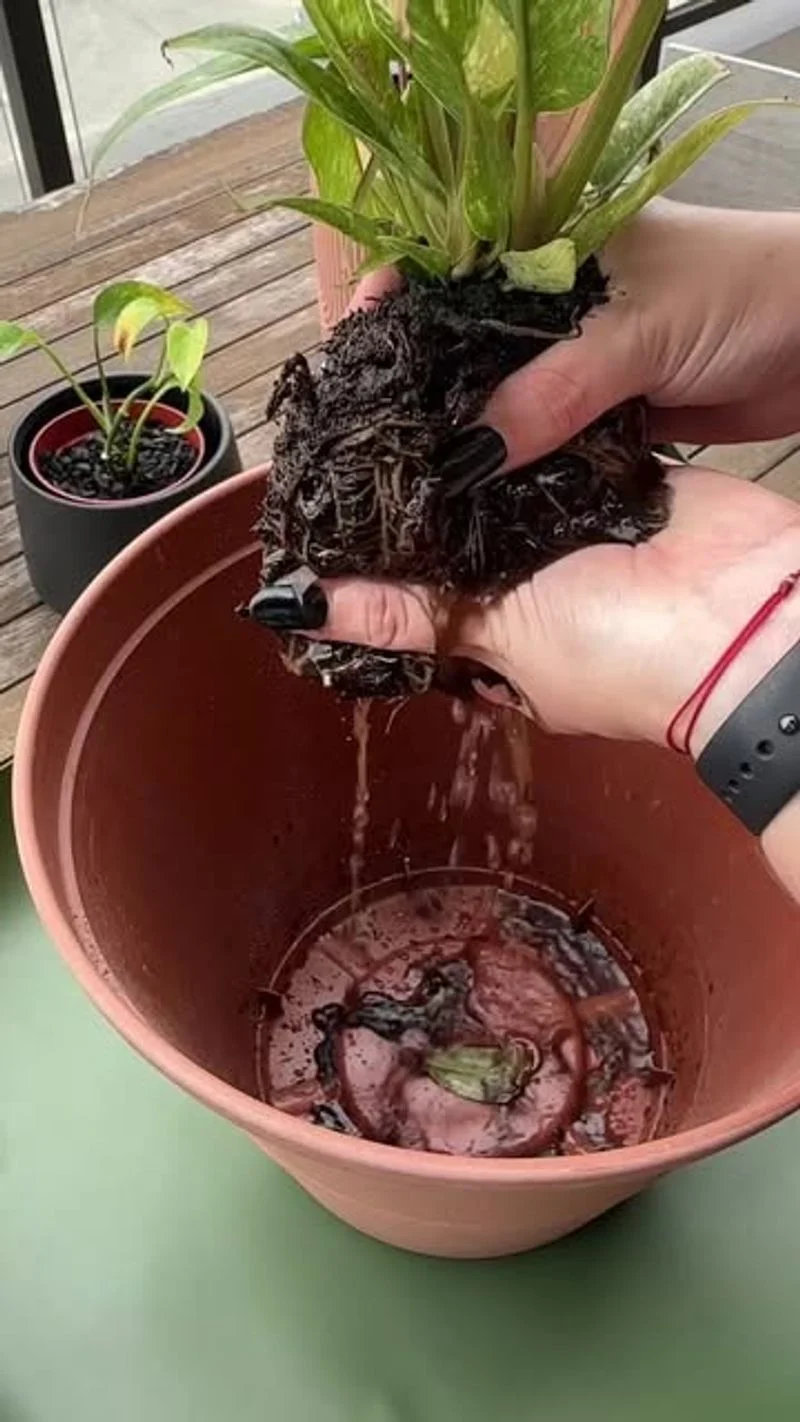
Diving below the surface reveals a hidden struggle—root rot. In an overly humid home, roots may drown in waterlogged soil, becoming mushy and dark. This decay hampers the plant’s ability to absorb nutrients, slowly leading it to wither. By carefully managing humidity and ensuring proper drainage, you can rescue your plant from this hidden menace, allowing it to thrive once again.
Fungus Gnats
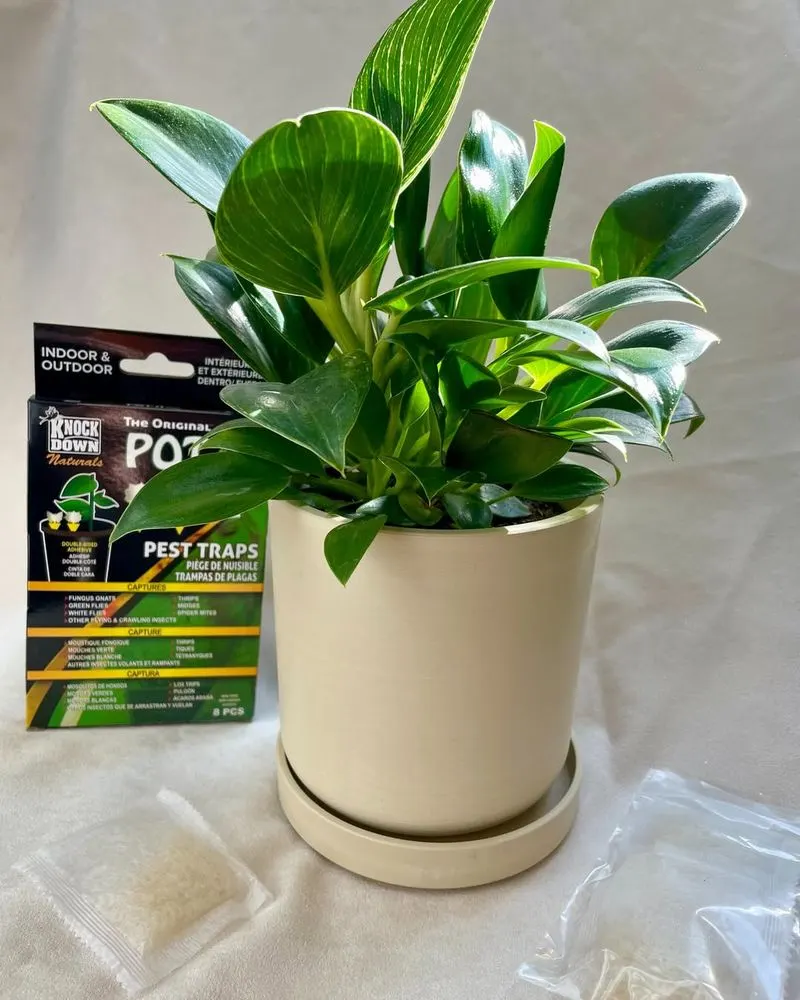
You might find yourself swatting at tiny black annoyances—fungus gnats. These pests love nothing more than damp conditions, breeding in the soggy soil of your plant pots. Their presence isn’t just annoying; it’s a sign your plants are living in overly humid conditions. Tackling the humidity will not only bid farewell to these pesky gnats but also ensure your plants remain unbothered and healthy.
Drooping Stems
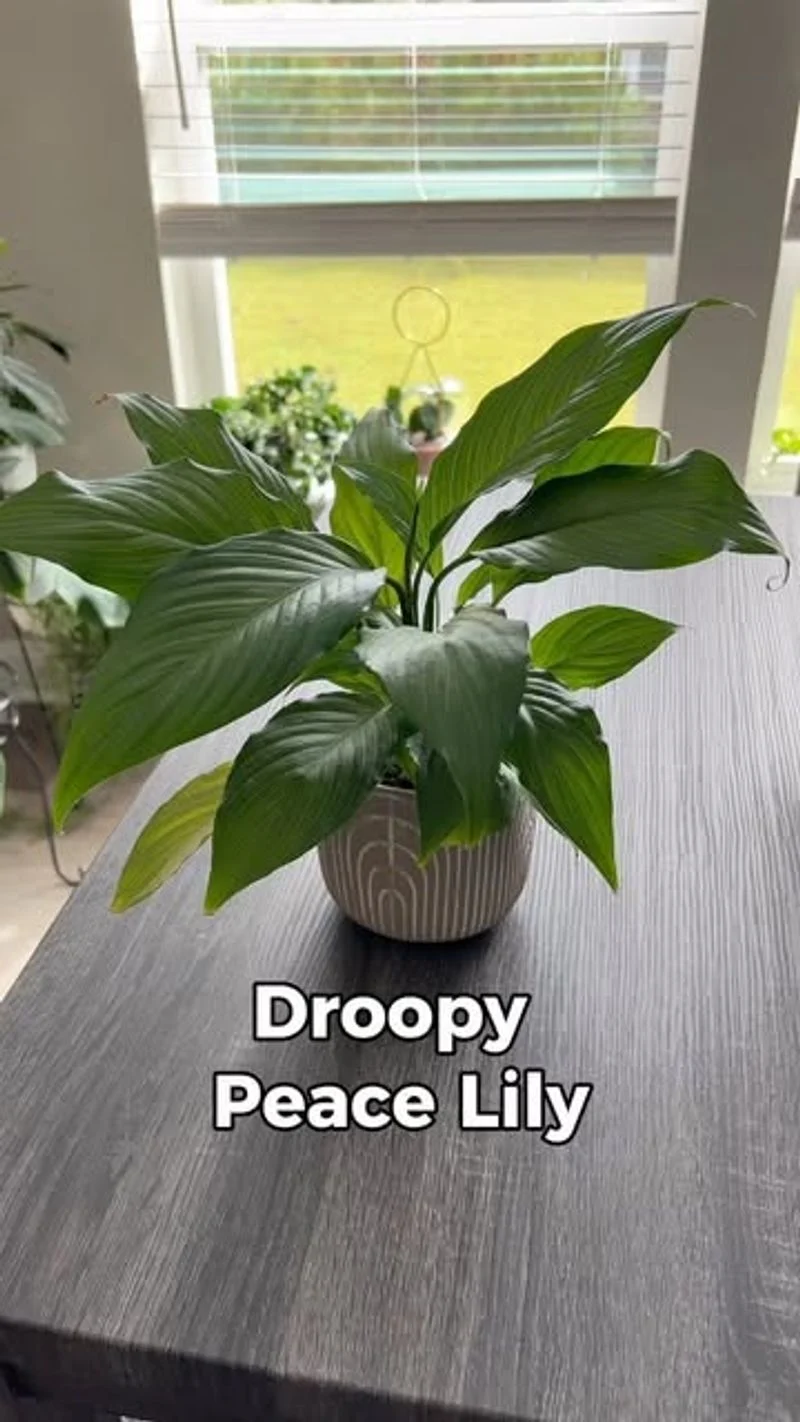
Drooping stems are like a plant’s silent cry for help, bending under the weight of excessive moisture. The stems, once strong and upright, may begin to bow and sag in an overly humid environment. This droopiness can affect the plant’s ability to photosynthesize efficiently. By adjusting humidity levels, you can invigorate these stems, helping them stand tall and sturdy once more.
Bacterial Infections
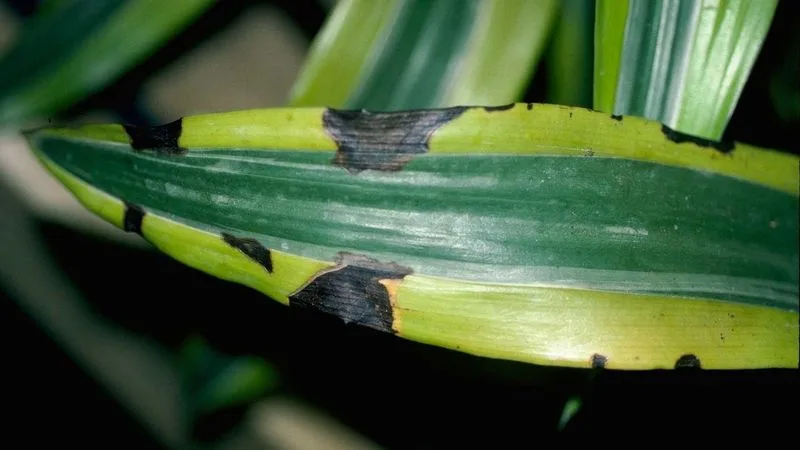
Bacterial infections often make their unwelcome appearance in the form of water-soaked lesions on leaves. These infections thrive in excessive humidity, turning your plant into a petri dish. Such infections can spread rapidly, damaging plant tissues and affecting overall plant health. Keeping humidity in check is vital to preventing these bacterial invaders from taking hold.
Lack of Flowering

Despite lush leaves, you might notice flowering plants refusing to bloom. Humidity can be a thief, robbing your plants of the necessary conditions to produce flowers. This can be especially frustrating if you’ve been eagerly awaiting blossoms. By tweaking the humidity, you can coax those reluctant buds into bursting forth, adding color and life to your space.
Edema

Edema, or plant blisters, might appear when your plant is soaked in moisture. This condition occurs when the plant cells take in more water than they can handle, leading to ruptures and blister-like formations. These blisters are not only unsightly but also indicate that the plant is struggling to cope with its environment. Controlling humidity can prevent edema, restoring your plant’s smooth and healthy appearance.
Powdery Mildew

Powdery mildew, with its dusty coating, can transform your plant into a ghostly version of itself. This fungal infection thrives in moisture-laden air, spreading quickly across plant surfaces. While it might look harmless, mildew can actually impede the plant’s growth by blocking sunlight. Reducing humidity levels can help clear up this white haze, giving your plants a chance to breathe freely.
Leaf Drop
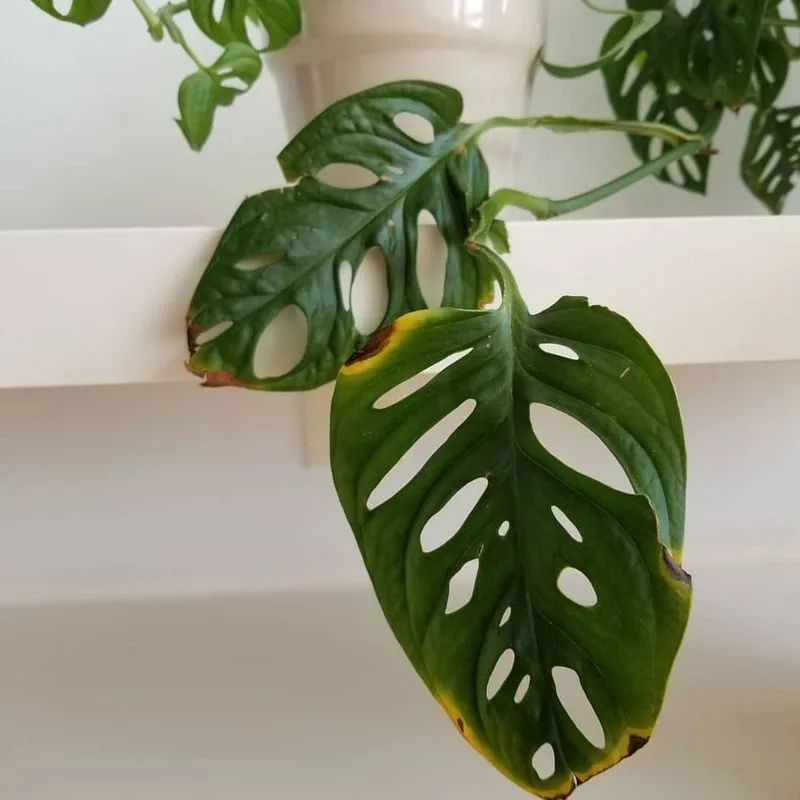
Fallen leaves carpeting the floor might signal an issue—humidity overload. When plants are exposed to too much moisture, they may shed leaves in an attempt to cope. This leaf loss can lead to a sparse appearance, detracting from your plant’s natural beauty. By moderating humidity levels, you can prevent this shedding and keep your plants full and lush.

